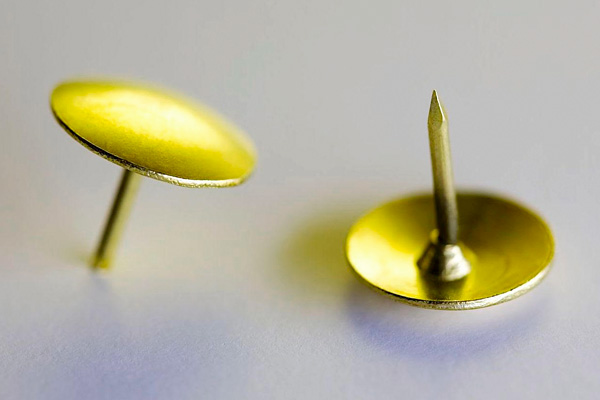NO DULL READING –
April 24, 2021 – Okay, so we can blame excess inflammation for killing brain cells. How do we get them back? Actively working to fight off inflammation. This not only prevents neurons from dying, it actively leads to brain cell growth, as well, according to Dr. Ramsey.
When it comes to brain cell growth, though, it’s important to understand the connection between neurogenesis and neuroplasticity—two words that sound similar, but mean different things—says Dr. Begeti. While neurogenesis refers to new brain cell growth, she explains that neuroplasticity is where existing neurons grow and form different connections with each other. “Kind of like interweaving branches from nearby trees,” she says. “Neuroplasticity is vital for shaping our brain into who we are, learning, and recovering from diseases, like a stroke.” Neuroplasticity is how existing and new brain cells are all communicating with each other; that’s why both are important, Dr. Begeti adds. (But because most of the scientific studies on neuroplasticity have been done in mice—very few have been done in humans—knowledge around the process of rewiring one’s brain is still limited, she says.) From what doctors can tell, it seems that neurogenesis only happens in two parts of the brain, the hippocampus being one of them. (The other is the olfactory bulb, linked to smell.) Dr. Ramsey explains that the hippocampus is the part of the brain responsible for emotional health as well as memory function, remembering old memories as well as creating new ones. Because of this, neurogenesis is key for staying mentally sharp and emotionally balanced. And that’s where what you eat and your daily habits can come in.



